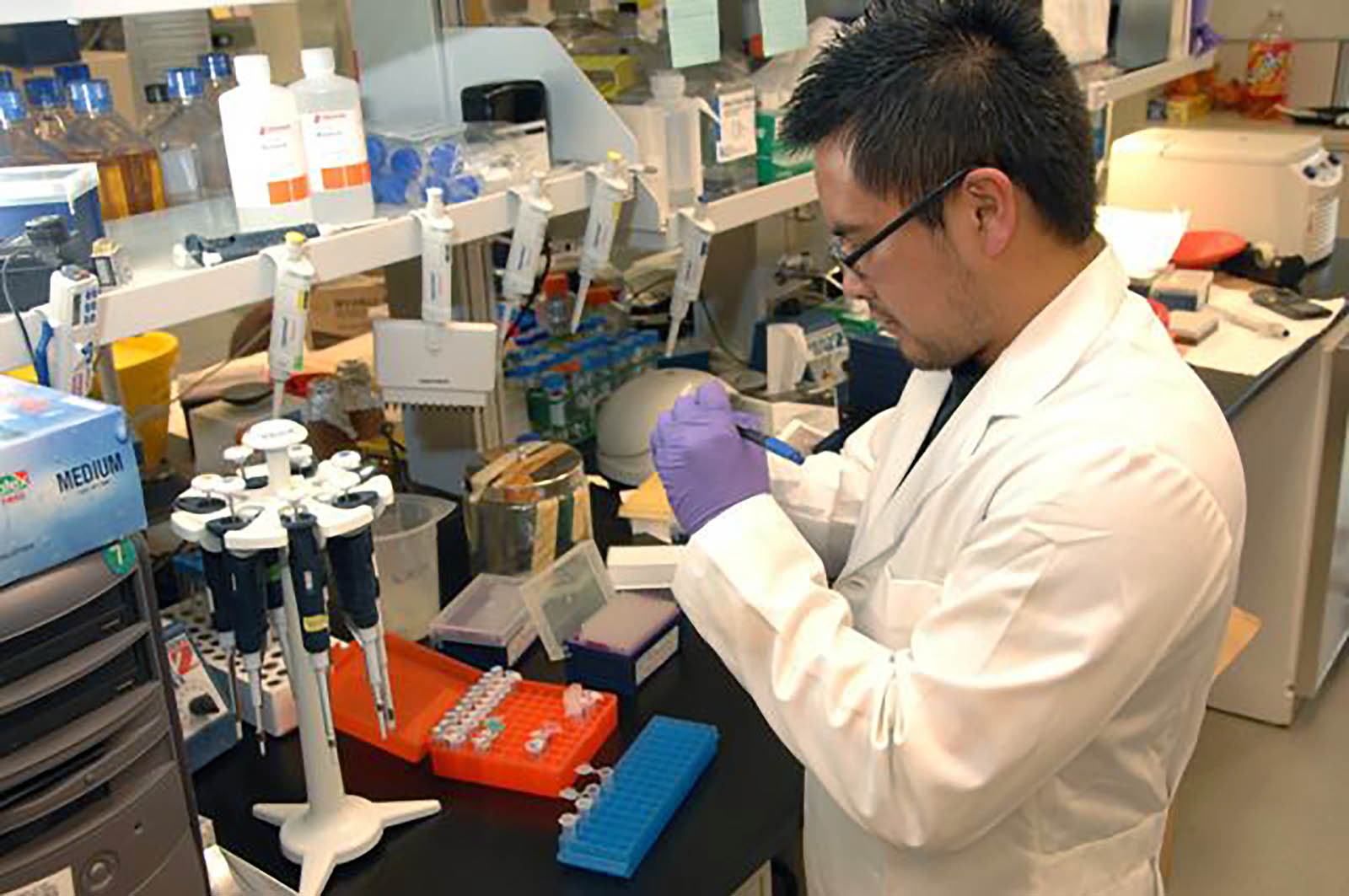Public trust and understanding of science goes through peaks and throughs. However, the balance is positioned there is always more that science can do to improve communication. In a new initiative, scientists are seeking to further the bridge between professional scientists and the general public.
In recent years, communication around diseases like COVID-19 and a growing mistrust in science have made that gap more apparent. This includes the rise of mis-information on social media and the increased rate of challenging of expert opinion.
The initiative concludes that investments in outreach may improve diversity and trust in science. In particular, outreach (or public engagement) is seen as a tool to promote diversity, equity and inclusion in STEM areas – that is science, technology, engineering and mathematics.
In terms of improving engagement, research suggests that women are most likely to engage with the public regularly.
To better understand where these disconnects occur, researchers from Northwestern University have conducted a survey of 530 graduate students, postdoctoral fellows, faculty and staff at U.S. academic institutions.
The aim of the research was to examine their motivations and barriers to participation in science outreach. An associated area was to establish why women and those from ethnic minorities are underrepresented in science fields.
The aim of outreach is to develop connections between scientific and non-scientific communities. The research finds that effective outreach provides the means to promote diversity, equity, accessibility and inclusion within STEM fields.
In terms of what gets in the way to fulfilling these objectives, the main reason cited is a lack of time. The issues of time appear to impact most greatly on women compared with men. Some female scientists expressed concerns that spending time on outreach could adversely affect their professional advancement.
Another reason hampering progress mentioned is lack of training. Being a good scientists does not necessarily mean an individual is a good communicator.
As an example of what can be done to improve outreach, Northwestern promotes a ‘Science in Society’ program that provides mentorship and STEM learning for K-12 youth. The research has been published in the journal Frontiers in Communication. The research is titled “Assessing motivations and barriers to science outreach within academic science research settings: A mixed-methods survey.”














